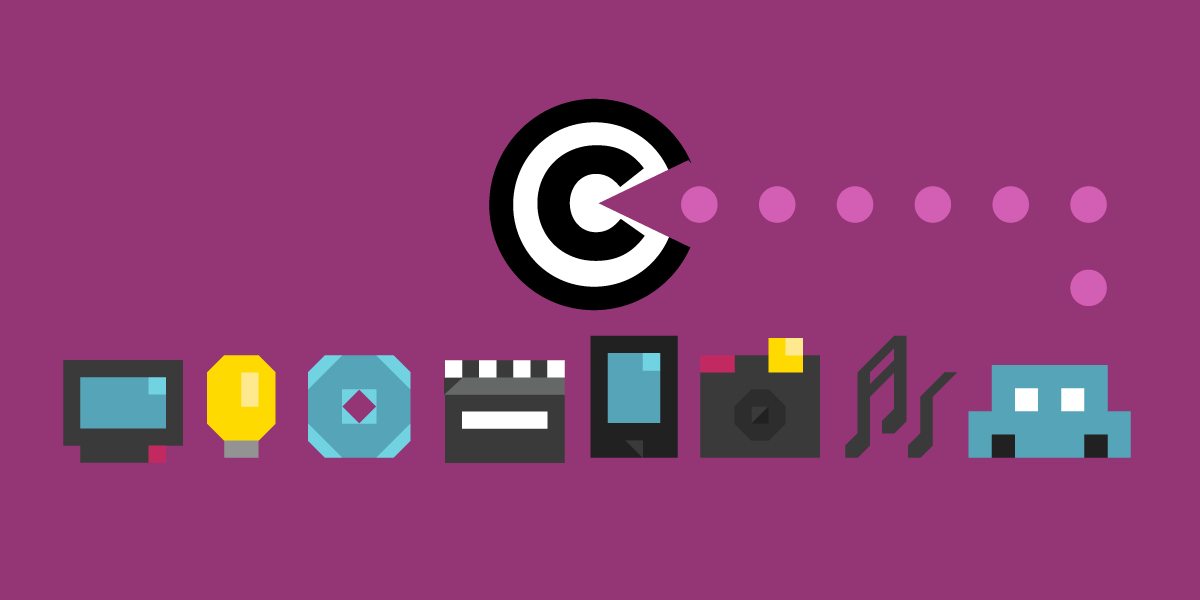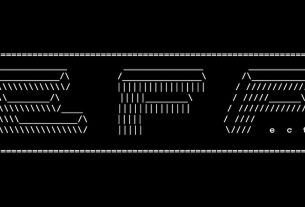[ad_1]
Within the next decade, generative AI could join computers and electricity as one of the most transformational technologies in history, with all of the promise and peril that implies. Governments’ responses to GenAI—including new legal precedents—need to thoughtfully address real-world harms without destroying the public benefits GenAI can offer. Unfortunately, the U.S. Copyright Office’s rushed draft report on AI training misses the mark.
The Report Bungles Fair Use
Released amidst a set of controversial job terminations, the Copyright Office’s report covers a wide range of issues with varying degrees of nuance. But on the core legal question—whether using copyrighted works to train GenAI is a fair use—it stumbles badly. The report misapplies long-settled fair use principles and ultimately puts a thumb on the scale in favor of copyright owners at the expense of creativity and innovation.
To work effectively, today’s GenAI systems need to be trained on very large collections of human-created works—probably millions of them. At this scale, locating copyright holders and getting their permission is daunting for even the biggest and wealthiest AI companies, and impossible for smaller competitors. If training makes fair use of copyrighted works, however, then no permission is needed.
Right now, courts are considering dozens of lawsuits that raise the question of fair use for GenAI training. Federal District Judge Vince Chhabria is poised to rule on this question, after hearing oral arguments in Kadrey v. Meta Platforms. The Third Circuit Court of Appeals is expected to consider a similar fair use issue in Thomson Reuters v. Ross Intelligence. Courts are well-equipped to resolve this pivotal issue by applying existing law to specific uses and AI technologies.
Courts Should Reject the Copyright Office’s Fair Use Analysis
The report’s fair use discussion contains some fundamental errors that place a thumb on the scale in favor of rightsholders. Though the report is non-binding, it could influence courts, including in cases like Kadrey, where plaintiffs have already filed a copy of the report and urged the court to defer to its analysis.
Courts need only accept the Copyright Office’s draft conclusions, however, if they are persuasive. They are not.
The Office’s fair use analysis is not one the courts should follow. It repeatedly conflates the use of works for training models—a necessary step in the process of building a GenAI model—with the use of the model to create substantially similar works. It also misapplies basic fair use principles and embraces a novel theory of market harm that has never been endorsed by any court.
The first problem is the Copyright Office’s transformative use analysis. Highly transformative uses—those that serve a different purpose than that of the original work—are very likely to be fair. Courts routinely hold that using copyrighted works to build new software and technology—including search engines, video games, and mobile apps—is a highly transformative use because it serves a new and distinct purpose. Here, the original works were created for various purposes and using them to train large language models is surely very different.
The report attempts to sidestep that conclusion by repeatedly ignoring the actual use in question—training —and focusing instead on how the model may be ultimately used. If the model is ultimately used primarily to create a class of works that are similar to the original works on which it was trained, the Office argues, then the intermediate copying can’t be considered transformative. This fundamentally misunderstands transformative use, which should turn on whether a model itself is a new creation with its own distinct purpose, not whether any of its potential uses might affect demand for a work on which it was trained—a dubious standard that runs contrary to decades of precedent.
The Copyright Office’s transformative use analysis also suggests that the fair use analysis should consider whether works were obtained in “bad faith,” and whether developers respected the right “to control” the use of copyrighted works. But the Supreme Court is skeptical that bad faith has any role to play in the fair use analysis and has made clear that fair use is not a privilege reserved for the well-behaved. And rightsholders don’t have the right to control fair uses—that’s kind of the point.
Finally, the Office adopts a novel and badly misguided theory of “market harm.” Traditionally, the fair use analysis requires courts to consider the effects of the use on the market for the work in question. The Copyright Office suggests instead that courts should consider overall effects of the use of the models to produce generally similar works. By this logic, if a model was trained on a Bridgerton novel—among millions of other works—and was later used by a third party to produce romance novels, that might harm series author Julia Quinn’s bottom line.
This market dilution theory has four fundamental problems. First, like the transformative use analysis, it conflates training with outputs. Second, it’s not supported by any relevant precedent. Third, it’s based entirely on speculation that Bridgerton fans will buy random “romance novels” instead of works produced by a bestselling author they know and love. This relies on breathtaking assumptions that lack evidence, including that all works in the same genre are good substitutes for each other—regardless of their quality, originality, or acclaim. Lastly, even if competition from other, unique works might reduce sales, it isn’t the type of market harm that weighs against fair use.
Nor is lost revenue from licenses for fair uses a type of market harm that the law should recognize. Prioritizing private licensing market “solutions” over user rights would dramatically expand the market power of major media companies and chill the creativity and innovation that copyright is intended to promote. Indeed, the fair use doctrine exists in part to create breathing room for technological innovation, from the phonograph record to the videocassette recorder to the internet itself. Without fair use, crushing copyright liability could stunt the development of AI technology.
We’re still digesting this report, but our initial review suggests that, on balance, the Copyright Office’s approach to fair use for GenAI training isn’t a dispassionate report on how existing copyright law applies to this new and revolutionary technology. It’s a policy judgment about the value of GenAI technology for future creativity, by an office that has no business making new, free-floating policy decisions.
The courts should not follow the Copyright Office’s speculations about GenAI. They should follow precedent.
[ad_2]
Source link



